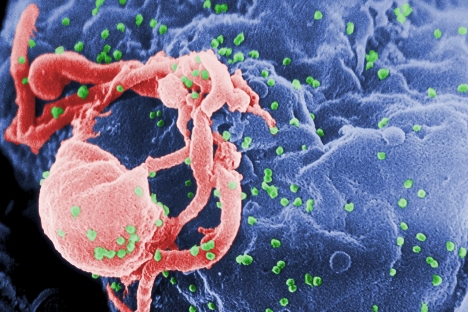
The virus HIV-1 has a tiny genome. All of its nine genes fit on one single RNA molecule, and the organism’s entire library of genetic material consists of only 10 kilobases (for context, the human genome is around 3 million kilobases). But despite the virus’ small pool of genes, it is able to use a method called alternative splicing to produce many various proteins with different purposes. The RNA transcripts for these proteins are like individual words hidden in a wall of text, says Whitehead Institute Fellow Silvi Rouskin: “You…



